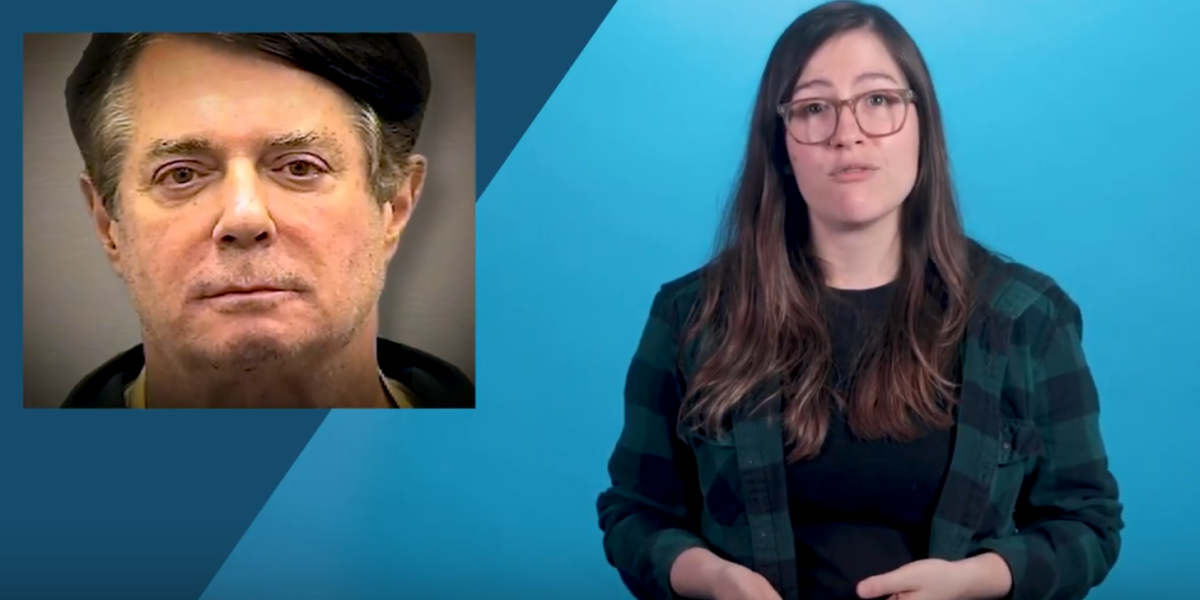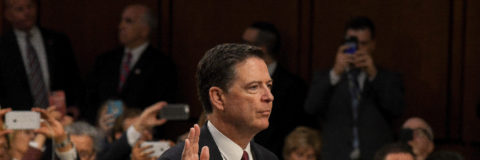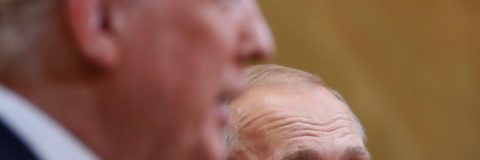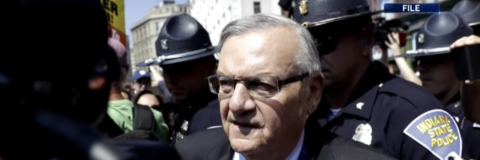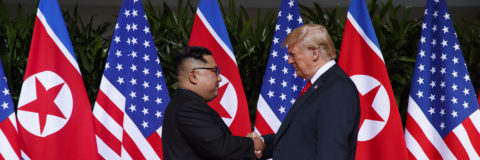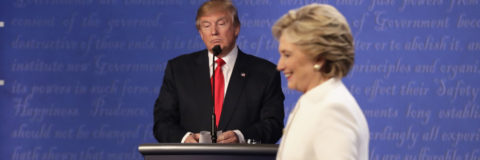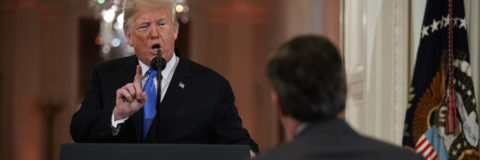What’s the evidence and what does it mean?
The trail of evidence starts with Trump firing James Comey, the FBI director responsible for overseeing the investigation into Trump’s relationship with Russia during the 2016 election. When the President fires people who are investigating him in an attempt to disrupt that investigation, it’s textbook obstruction. But he wasn’t done after Comey was gone.
Trump made two more attempts at stopping the investigation by trying (unsuccessfully) to fire Robert Mueller, Comey’s predecessor. He has pushed out officials surrounding the investigation and sought to replace them with his loyalists. He has intimidated witnesses, and publicly dangled pardons, likely in an attempt to persuade them to change their testimony.
Trump’s former lawyer and VP of Trump Organization, Michael Cohen, had served as Trump’s personal fixer for over a decade. Cohen recently testified that Trump directed him to lie to Congress during a previous hearing about payoffs he made to Trump’s mistresses. (This is a direct violation of campaign finance laws, and you can read more about that here.)
Telling or encouraging someone to lie to Congress is a crime, called suborning perjury, and these efforts to influence Cohen as a witness were intended to lead federal investigators astray and prevent the investigation from moving forward.
These actions form an obvious pattern: Trump routinely broke the law in an effort to take down Mueller’s investigation. No one is above the law—not even the president. Let’s hold him accountable.
People to know
James Comey
The FBI director responsible for launching an investigation into Russian interference in the 2016 presidential election, which then expanded to include investigations into Trump and his advisors’ illegal involvement with Russian agents to meddle in the election. Trump tried to pressure Comey into “letting [Michael] Flynn go” — as in, stop investigating him and let him go free. (Flynn was Trump’s National Security Advisor, who pleaded guilty in 2017 to lying to FBI agents.) After Comey refused, Trump fired him, citing “this Russia thing” as his rationale in a televised interview with NBC journalist Lester Holt. How Comey relates to the case: This was an effort to stop an investigation in broad daylight. It is obstruction of justice for the President to fire the official in charge of an investigation initiated by evidence of wrongdoing.
Michael Flynn
Trump’s ex-National Security Advisor. Flynn pleaded guilty to lying to the FBI about his communications with former Russian Ambassador Sergey Kislyak, and about money he received from the Turkish government. Trump then tried to cover himself by pressuring then-FBI director James Comey to drop his investigations into Flynn. After news broke about Flynn’s lies, he was fired — just 24 days after assuming the position.
Special Counsel Robert Mueller
Comey’s predecessor at the FBI, appointed as Special Counsel by Deputy Attorney General Rod Rosenstein to lead the investigation into “any links and/or coordination between the Russian government and individuals associated with the campaign of President Donald Trump, and any matters that arose or may arise directly from the investigation.” According to reporting by The New York Times, Trump sought to fire Mueller on June 2017 and again in December 2017 until his advisors pressured him not to pull the trigger. Mueller submitted his report to Attorney General William Barr, who then submitted the summary of his findings to Congress How Mueller relates to the case: Trump’s repeated orders to fire Mueller as the Special Counsel’s office followed new paths of potential criminal activity reveal the president’s underlying motivation and corrupt intent to end the investigation.
Michael Cohen
Former executive vice-president of The Trump Organization who served as Trump’s personal lawyer and confidant for 11 years. Three months after Trump entered the White House, Cohen was appointed deputy finance chair of the Republican National Committee’s Finance Committee. Cohen is now sentenced to three years in prison after denouncing Trump and explaining that “I felt it was my duty to cover up his dirty deeds.” How Cohen relates to the case: Telling or encouraging someone to lie to Congress is a crime called subornation of perjury, and these efforts to alter Cohen as a witness were intended to lead federal investigators astray and impede the investigation.
Jeff Sessions
Former Attorney General to the President. Trump forced Sessions to resign after the 2018 midterm election, seeking to temporarily replace him with a lackey, Matthew Whitaker. Whitaker has publicly called for restrictions to the Mueller investigation. How Sessions relates to the case: Removing people surrounding the Mueller investigation because they are viewed as disloyal, and replacing them with people intent on crippling the investigation, is an obvious sign of obstruction of justice.
Join the Movement to Impeach
"It's time to move forward with the Presidency, the House, and the Senate. We will not stop doing what's right. Let's get to work."

